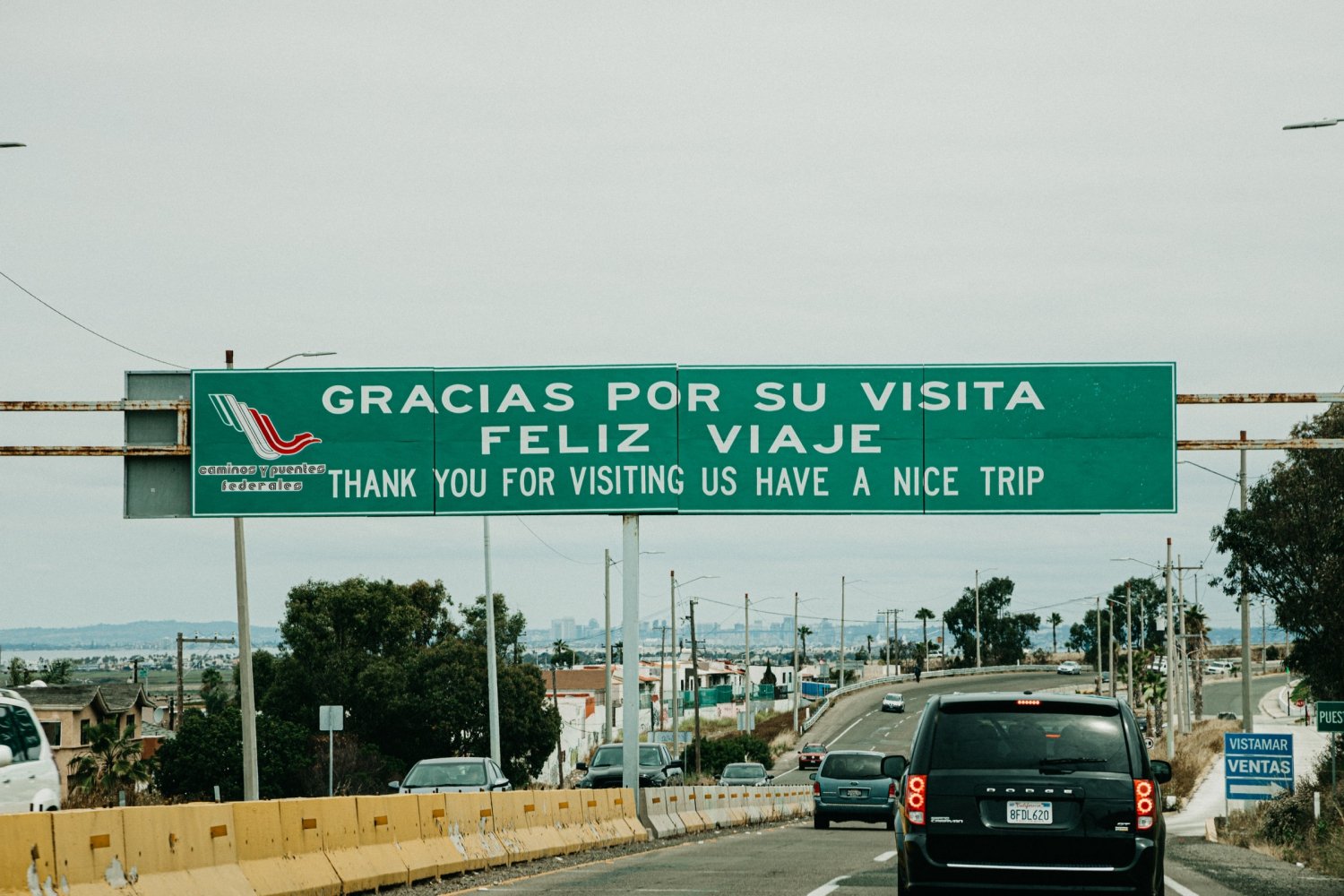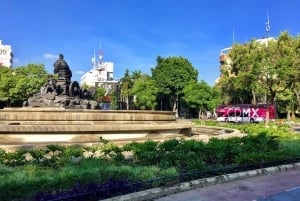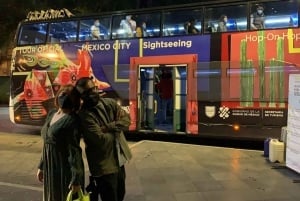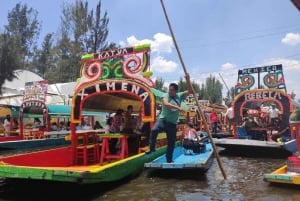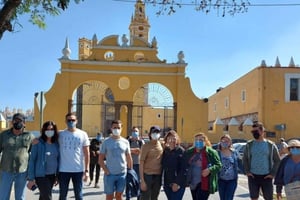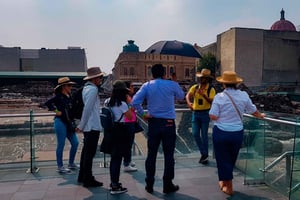Driving in Mexico
Using a car to get across various areas of the country is a lot more economical way to visit the country than flying or taking intercity busses. If you're traveling with two or more people rentals are available for as little as 10us$ a day.
Quick tips:
- If you're commuting between cities or other rural areas, stay abreast of the day. There are more cars on the road at this moment, and if something happens (like a breakdown), you're going to be in a lot safer place to get help.
- If you're going to drive through more remote areas for a long time, make sure your smartphone is fully charged and that you have a battery that you can plug in to keep your car attached.
- If you're just renting a car for a short ride from town to nearby, just take the toll roads, carry cash on you, and enjoy the trip.
Type of Roads:
Mexico has two major forms of highways; Cuotas and Libres. Cuotas are private toll roads, while free roads are free roads that appear to stop in villages, have unusual traffic lights, and are usually not well looked after.
If you're traveling in the dark, Cuota Roads are the safest way to get across the country, and sometimes, there's no other way to get to your destination.
If you have hired a car, it generally comes with a sticker that you can use, and you can pay the charge after you have returned the vehicle. Otherwise, you will normally pay in cash, so keep plenty on hand.
Take into account:
- People are turning their hazard lights on while they could be stopping.
- People pop their flashers when they come to a quick halt because of traffic. It's a way to warn the drivers behind you that they're all braking.
- You'll find a lot of speed bumps when you're driving through Mexico. They're named topes, because then you'll see signs that say topes or you'll see yellow signs with two black bumps on them.
- Be vigilant of potholes. They are widespread in cities across Mexico or everywhere other than the Cuota highways. They may be really deep.
- If you're behind a tractor-trailer or a slow-moving vehicle, you should place it on your left blinker to show that it's safe for you to get through.
What if you break down?
If you're driving in Mexico and experience trouble on the road, Ángeles Verdes (Green Angels) is a government-funded fleet of mechanics and first aid technicians that you can call for assistance free of charge. If you're having technical trouble, being lost without a guide, or need medical help that doesn't need a doctor, Green Angels is a decent resource for any traveler in Mexico.
You can seek support from Green Angels by dialing 078 from any phone in Mexico, and agents can come to your place to assist in vehicle maintenance, offer first aid, or provide updates on road conditions, visitor sites, emergency services, and crime assistance. Phone operators are fluent and can point you to the best steps you may take or any services that could be of assistance to you.


